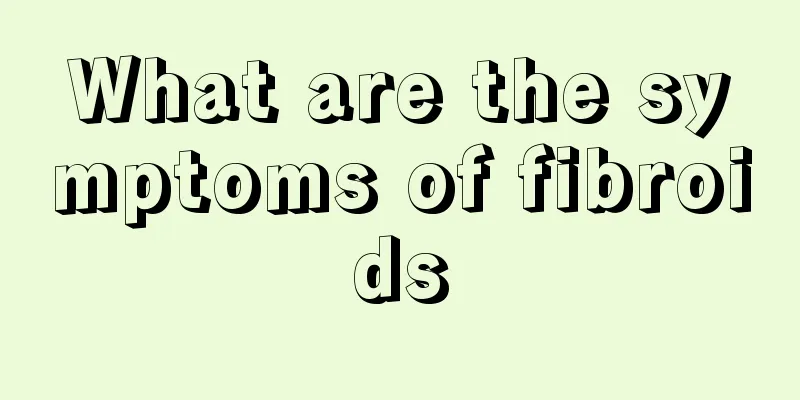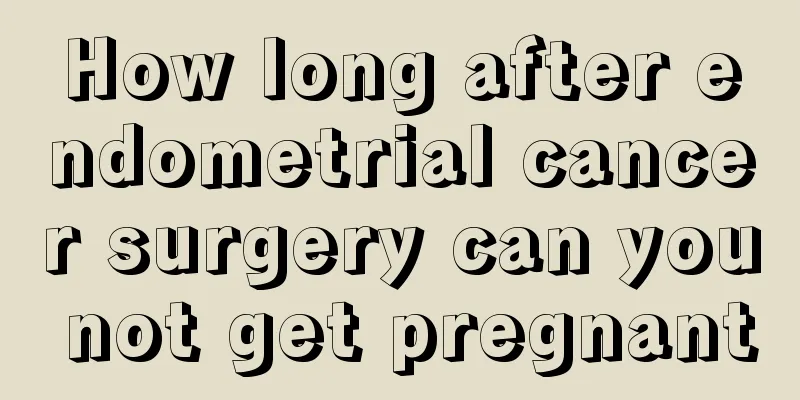Recurrence rate of lumbar endoscopic laminectomy

|
During military training, we are often told to keep our heads up, chest out and back straight, because only when the back is straight can the whole person's mental state look good. Hunching the chest and hunching the back always makes people feel weak. Not only when standing, but also when doing things your waist needs to be strong, otherwise you can only work for a while and then rest for a while. For this reason, lumbar spine problems are common, and patients with lumbar spine problems generally undergo surgical treatment. So what is the recurrence rate of lumbar endoscopic surgery? There are three types of intervertebral discs: degenerated and protruding intervertebral discs; intervertebral discs that are undergoing degeneration; and relatively normal intervertebral discs. Transforaminal endoscopic lumbar discectomy is to remove and excise the intervertebral disc that has already degenerated and protruded. After the operation, as time goes by, the normal disc retained in the patient's body will also be damaged and protrude again. Many people think this is a recurrence, but in fact it is a newly protruding disc. Generally speaking, the chance of symptoms reappearing five years after surgery is about 5%. PELD (Perforaminal Endoscopic Discectomy) is the abbreviation of "Spinal Endoscopically Assisted Transforaminal Discectomy" (it can also be done through the interlaminar approach). It involves making an incision about 0.7 cm long on the back, inserting a thin sleeve, and inserting an endoscope into the sleeve. The image is displayed on the screen and can be magnified 30-60 times. The instrument is operated within the sleeve to directly remove the herniated disc tissue that is compressing the nerve. I have consulted information on the indications for perforaminal endoscopic lumbar discectomy and also consulted several spinal surgeons who perform this type of surgery. A doctor once said, "It takes three years to learn the technology and seven years to understand the indications." This shows that the grasp of indications is closely related to surgical experience, and with the advancement of technology, indications will also change. Some doctors believe that "sciatica and numbness caused by compression of the herniated nucleus pulposus are the best indications, and perforaminal endoscopic lumbar surgery may not be effective for low back pain." Some doctors believe that partial disc herniation (extrusion) accompanied by calcification, partial spinal canal stenosis and posterior vertebral separation can also be treated with perforaminal endoscopic surgery. Doctors are quite cautious about whether patients with cauda equina syndrome are suitable for perforaminal endoscopic lumbar disc surgery. On the scale of "less trauma" and "restoring neurological function", the latter is obviously of absolute weight. The first thing patients should consider is not the size of the injury, but the restoration of neurological function. As far as I know, for patients with cauda equina syndrome, even if they undergo surgery as soon as possible, no matter what type of surgery is performed, their postoperative recovery is uncertain. In addition, patients with severe vertebral slippage, severe spinal stenosis, symptomatic spondylolysis, and free nucleus pulposus are not suitable for transforaminal endoscopic lumbar disc surgery. Any surgery has risks, and transforaminal endoscopic lumbar disc surgery is no exception. Dr. Fan Weili, a spinal surgeon at Chongqing Third Medical University Daping Hospital, pointed out in his article “Specific Steps of Transforaminal Lumbar Endoscopic Surgery”: “The use of a trephine drill is a relatively dangerous step in the operation. After the articular process is removed, the trephine drill may slip into the spinal canal and damage the nerve roots and dura mater sac” (this accident may also occur when using an endoscopic trephine drill). Perforaminal endoscopic lumbar disc surgery is completed by establishing a working channel, passing very long instruments, and relying on lever arms to transmit movements. It requires very high technical experience from the doctor, and accidents may occur if you are not careful. I have read an article by Professor Liu Qinyi, Deputy Director of Spine Surgery at the Orthopedic Hospital of the Second Hospital of Jilin University, entitled "Correctly Understanding Transforaminal Endoscopic Lumbar Surgery". The article objectively introduces the possible risks of transforaminal endoscopic lumen surgery. I quote it as follows: "The most common risks of PELD (perforaminal endoscopic lumbar discectomy) surgery are postoperative infection of the intervertebral disc, damage to the nerve roots, tearing of the dura mater, bleeding in the spinal canal, and scar adhesions. In addition, anterior rupture of the annulus fibrosus can lead to intestinal and vascular damage. If there is insufficient attention or understanding of anatomy and nerve root variations, nerve root damage can easily occur even if standard operations are followed." |
<<: Recurrence rate after colon polyp surgery
>>: What to do if your face becomes dry after using the air conditioner
Recommend
What to do if the house is damp
I believe that the problem of damp houses affects...
h-6 reflux esophagitis patch
Patients with reflux esophagitis will suffer from...
What are the complications of mumps
Mumps may be considered a minor disease by many p...
Abnormal bleeding may be cervical cancer. If cervical cancer is found, it must be treated in time.
Cervical cancer is not an incurable disease. The ...
Things to note after chemotherapy for lymphoma
After chemotherapy for lymphoma, we cannot comple...
What are the hazards of advanced kidney cancer in the elderly
Kidney cancer is a major malignant tumor that end...
What is the muscle next to the neck called
There is a muscle between our neck and shoulders ...
Can uterine teratoma be cured?
No matter what kind of disease it is, once it com...
How to cook squid porridge
Porridge is something we drink often. There are m...
Experts explain the specific diagnostic steps for colorectal cancer
In medicine, the diagnosis of colorectal cancer n...
What causes frequent oral ulcers? Common factors of oral ulcers
Oral ulcers can have a great impact on our daily ...
Reasons why girls get breast cancer
The main causes of breast cancer are as follows: ...
The latest method of treating hepatitis C, two methods are indispensable
According to surveys, the incidence of hepatitis ...
What are some tips for whitening teeth that you don’t understand?
Many friends are concerned about their yellow tee...
What causes urticaria?
At present, some causes of urticaria cannot be id...









